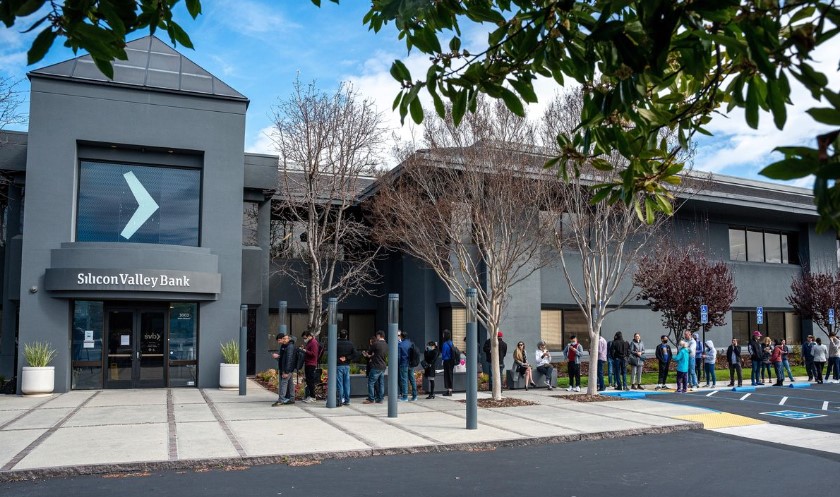The past week has been strange, to say the least. Within the week, there were two of the largest bank failures in U.S. history since 2008. This has led to the very common question “What does this mean for me?”
March 8th, 2023, Silicon Valley Bank (SVB) announced they had sold off one of their bond portfolios at a significant $1.8 billion loss. This caused a domino effect of people fearfully pulling their money from SVB, known as a run on the bank. By Friday, March 9th regulators had taken over the bank and halted trading for SVB stock.
Unlike the 2008 financial crisis, this was not due to extreme fraudulent bank behavior. Other than some poor judgment by management on purchasing longer-duration bonds at low rates, no illegal practices have surfaced. This situation was exacerbated when the rates rose quickly and SVB was forced to sell government bonds before the maturity date, which created losses for the bank. This situation occurs when one sells a bond before maturity when interest rates have risen, making your bond less valuable receiving a lower price at the time of the sale. This resulted in a liquidity issue due to the extreme rate increases brought on by the fed to cool the macro environment. A bit of a perfect storm.
The financial sector, which includes banks and brokerage firms, has experienced a dramatic sell-off due to a massive decline in confidence and fear in the U.S. banking system. Silicon Valley Bank’s weakness began with their customer concentration of venture capital and smaller start-up companies, which are vulnerable and dependent on raising cash continuously. Due to the historic bull market brought on by low-interest rates in 2020, many people looked to diversify outside of the stock market. A popular place was alternative investments, such as venture capital and private equity firms.
When banks receive deposits, they turn around and invest those deposits into safe government-backed securities, helping boost their net interest margin (NIM). Due to the large influx of cash into alternative investments, many of the SVB customers rapidly increased their deposits at the bank. To put into perspective, deposits at SVB skyrocket from $61 Billion at the beginning of 2020 to $175 Billion in 2022.
With rates at exceptionally low levels during the pandemic, Silicon Valley Bank looked for safe places to put their funds, leading them to invest a significant amount into longer-duration government bonds at low rates. Bond prices drop as rates rise. When interest rates began to rise at a record pace, this became an issue. Once larger customers of the bank began pulling their deposits, SVB was forced to realize these bond losses. In a swift and decisive move, the Federal regulators took over the Bank.
These are very isolated situations, as SVB serviced small start-up companies and venture capital firms. Larger banks tend to have significant cash reserves and are carefully monitored by regulators to ensure proper liquidity standards. The Federal Deposit Insurance Corporation (FDIC) insures each account up to $250,000. The Federal Reserve joined the Treasury in saying that they will make sure all depositors in the two large banks are repaid in full.
This time can lead to many financial questions and concerns, at Schenley we recognize and capitalize on opportunities in such a market. Please remember we are here to help navigate these confusing and concerning times. If you have any questions please contact us!
Schenley Capital, Inc. 417 Walnut Street Suite 200, Sewickley, PA 15143, (412)-749-9256 (info@www.schenleycapital.com)
